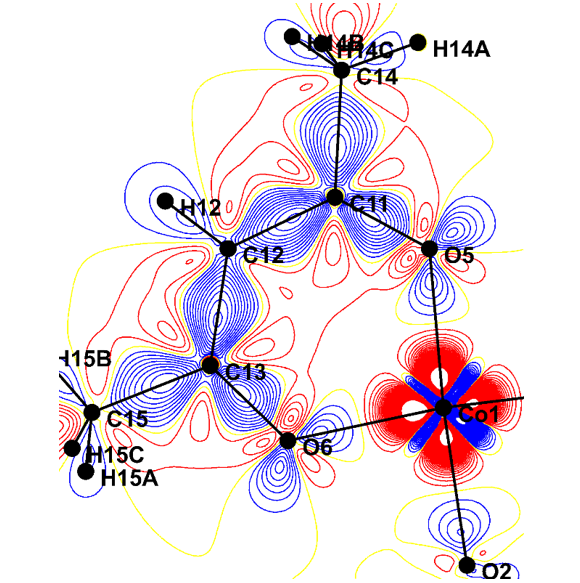How is Charge Density Determined?
Charge density refers to the distribution of electrons within a material, which plays a crucial role in determining its physical and chemical properties. Single crystal X-ray diffraction is a powerful technique used to analyze charge density with high precision.
X-rays are directed onto a sample, which then diffract according to the crystal structure of the material. By analyzing the diffraction pattern, information about the arrangement of atoms and the electron distribution within the material can be obtained. This enables the determination of charge density, which is essential for understanding the material’s electronic properties.
Charge density measurements are vital for gaining insights into the behavior of materials like metals and semiconductors, where electron distribution influences conductivity and reactivity. XRD provides a means to explore not only atomic positions but also the distribution of electrons, which is critical for material design and development.
XRD-based charge density analysis is highly accurate, offering valuable data on chemical bonding, atomic interactions, and material behavior. This technique has applications in various fields, such as drug development, new material creation, and industrial research, by revealing how a material will interact or perform under specific conditions.
Thus, X-ray diffraction serves as a comprehensive tool for charge density analysis, helping to advance our understanding of materials and supporting innovations in science and industry.

Rigaku recommends the following products

Contact Us
Whether you're interested in getting a quote, want a demo, need technical support, or simply have a question, we're here to help.
